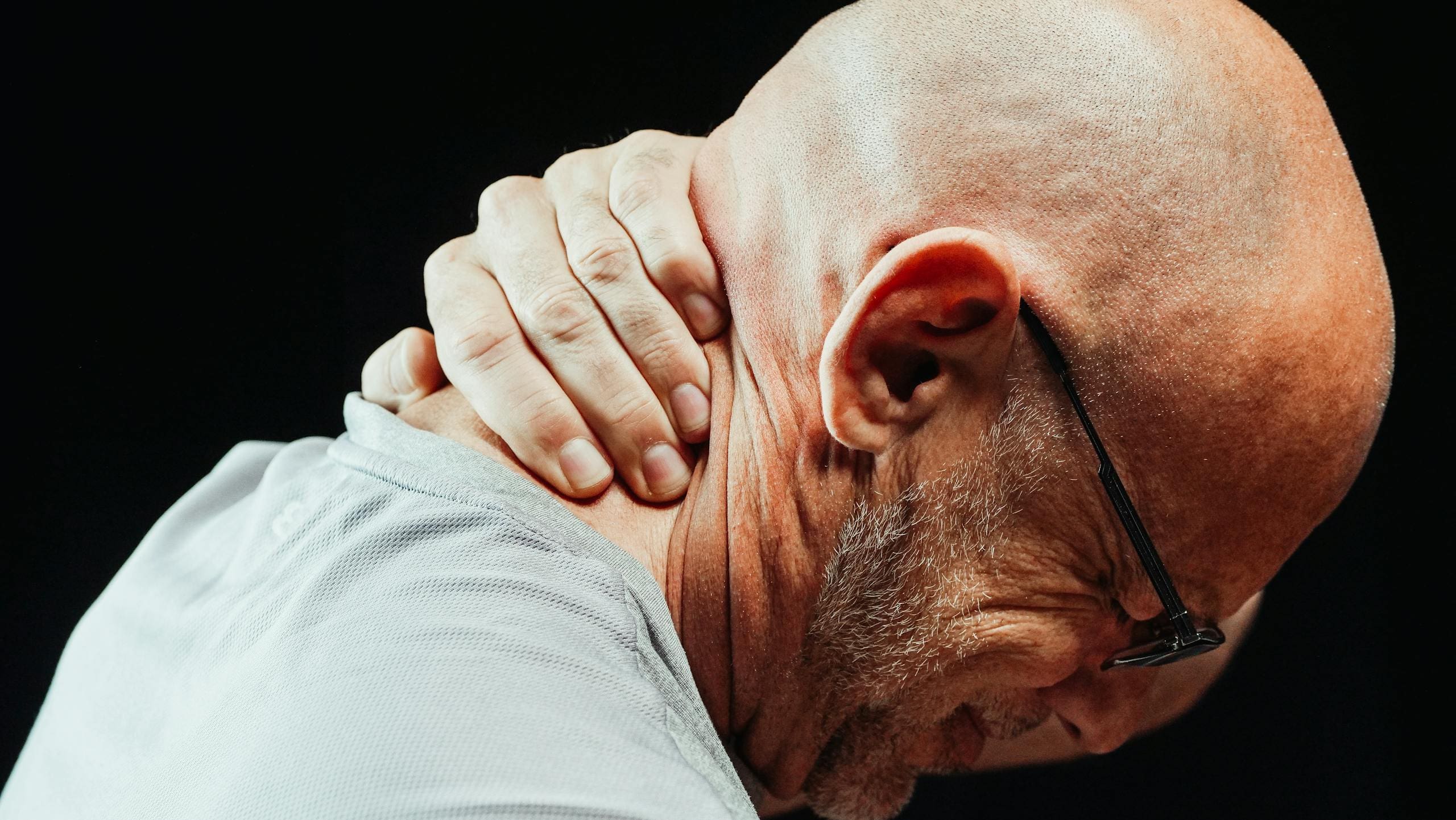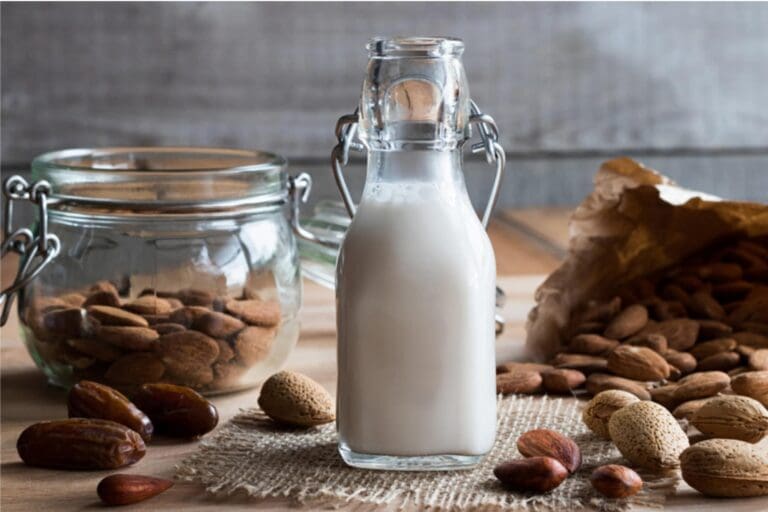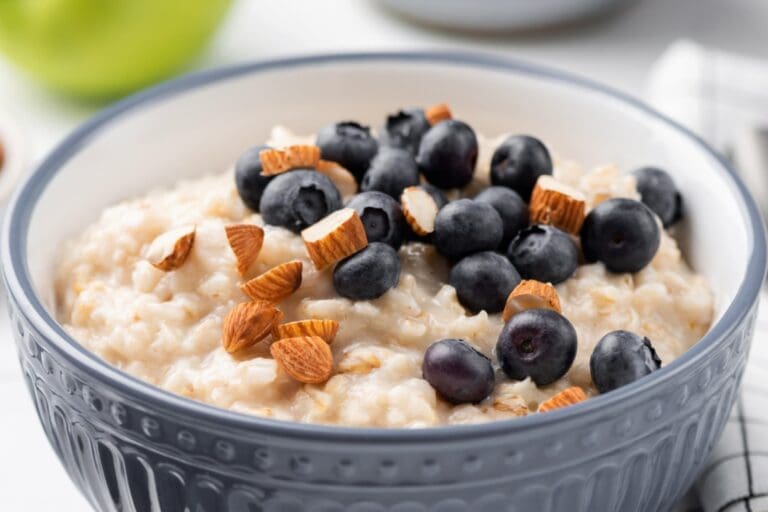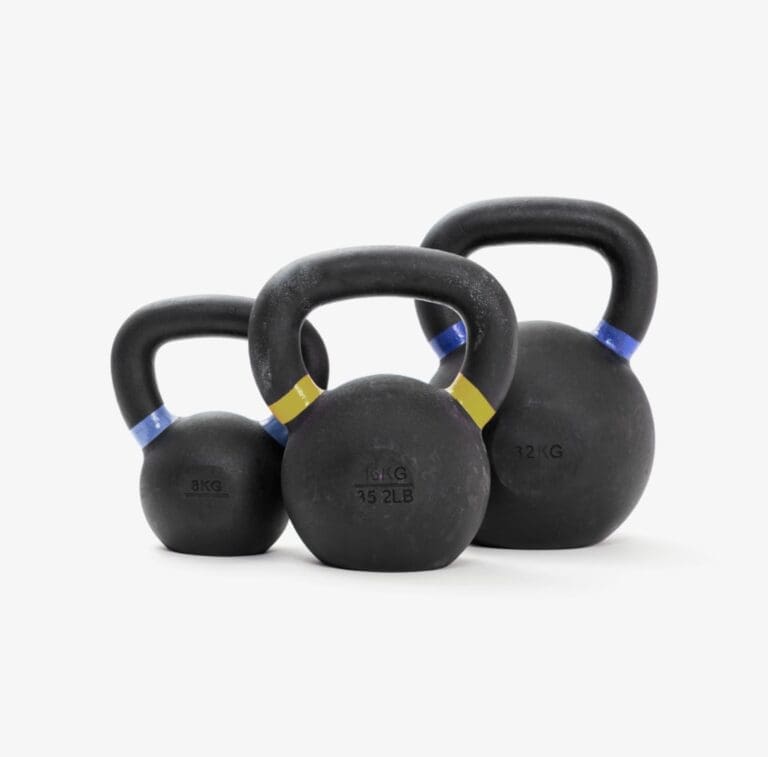We independently review everything we recommend. When you buy through our links, we may earn a commission.
Learn more›
Hi there! I’m Holly Roser, and as a private trainer in Manhattan specializing in senior fitness, I’ve learned that managing chronic pain isn’t just about doing the right exercises – it’s about rebuilding your relationship with movement. Let me show you how we can transform pain management from a daily struggle into an empowering journey.
Understanding the Movement-Pain Connection
One of the most common concerns I hear as an at-home trainer is, “Won’t exercise make my pain worse?” It’s a valid question, and the answer might surprise you. Recent research in the Journal of Pain Research shows that appropriate movement can actually help reduce chronic pain intensity by up to 30%. The key word here is “appropriate” – let’s talk about what that really means.
Breaking Down the Pain Barrier
Think of pain like an overprotective alarm system – sometimes it goes off even when there’s no real danger. Through proper movement, we can actually help recalibrate this system. Here’s how we approach it:
- Understanding Your Pain Signals
- Distinguishing between harmful and harmless pain
- Recognizing pain patterns
- Learning when to push and when to pause
The Three Pillars of Pain-Aware Movement
1. Mindful Movement
This isn’t just about being careful – it’s about creating a dialogue with your body. When you understand that each movement is a conversation, exercise becomes less about ‘pushing through’ and more about ‘listening and responding.’ Here’s how to develop this awareness:
- Body Scanning Practice
- Before exercising, take a moment to assess your pain levels
- Notice which movements feel supporting versus triggering
- Track patterns in your daily pain fluctuations
- Movement Exploration
- Test different ranges of motion
- Experiment with timing and tempo
- Find your ‘sweet spot’ of challenge without aggravation
2. Progressive Adaptation
Your body is remarkably adaptable, but it requires the right approach. Think of building strength like learning a new language – it’s better to practice a little each day than to cram occasionally. A recent study in the Journal of Aging and Physical Activity found that seniors who followed a progressive adaptation approach showed 40% better pain management outcomes compared to those who exercised sporadically.
- The 10% Rule
- Increase duration or intensity by no more than 10% weekly
- Allow adaptation time between challenges
- Track your progress systematically
- Recovery Integration
- Plan recovery days as carefully as workout days
- Use active recovery techniques
- Monitor how different activities affect your pain levels
3. Environmental Wisdom
Understanding how your environment affects your movement patterns is crucial. Here at Holly Roser Fitness, we focus on creating supportive movement environments that enhance confidence and reduce pain triggers. This might mean:
- Space Organization
- Setting up your environment for success
- Creating clear pathways for movement
- Positioning support tools strategically
- Time Management
- Exercising during your body’s ‘golden hours’
- Breaking activities into manageable chunks
- Building consistent routines
The Smart Approach to Movement
When working with seniors managing chronic pain, I also use what I call the “Traffic Light System” for exercise progression:
Green Light Movements
- Comfortable, confidence-building exercises
- Foundation movements you can do daily
- Basic mobility work that feels supportive
Yellow Light Movements
- Slightly challenging but manageable
- Progressive training exercises
- Movements that build strength gradually
Red Light Movements
- Currently triggering pain responses
- Movements needing modification
- Activities to revisit after building strength
Practical Pain Management Strategies
Let’s look at how to implement movement in a way that supports pain management:
Daily Movement Framework
Morning Routine
- Gentle Joint Mobility
- Start with small, controlled movements
- Focus on smooth, pain-free motion
- Build gradually as your body warms up
- Breathing Integration
- Coordinate breath with movement
- Use breathing to manage tension
- Build body awareness
Throughout the Day
- Movement Breaks
- Set reminders every 1-2 hours
- Perform simple mobility exercises
- Change positions regularly
- Activity Pacing
- Break tasks into manageable segments
- Alternate between activities
- Include regular rest periods
Progressive Training Approach
Here’s how we build strength and mobility safely:
The 4-Week Build
- Week 1: Foundation
- Establish proper form
- Build movement confidence
- Focus on pain-free patterns
- Week 2: Consistency
- Increase movement frequency
- Add gentle challenges
- Monitor pain response
- Week 3: Progress
- Introduce new movements
- Build endurance
- Expand comfort zone
- Week 4: Integration
- Combine movement patterns
- Increase complexity
- Review and adjust
Making It Work for You
Success in pain management through exercise isn’t about following a rigid plan – it’s about finding what works for your body and lifestyle. Here at Holly Roser Fitness, we focus on creating sustainable, enjoyable movement practices that fit into your daily life.
Key Success Factors
- Consistency over intensity
- Progress at your own pace
- Listen to your body’s feedback
- Celebrate small improvements
When to Modify Your Approach
Understanding when and how to adjust your movement practice is crucial for long-term success. Here are the key indicators:
Signs to Modify
- Increased pain lasting more than 24 hours
- Sharp or sudden pain during movement
- Decreased range of motion
- Excessive fatigue
Modification Strategies
- Reduce range of motion
- Decrease repetitions
- Add more rest between sets
- Use supportive equipment
Your Next Steps
Starting a new movement practice while managing chronic pain takes courage, but you don’t have to do it alone. As your Manhattan-based at-home trainer, I’m here to guide you through this journey with expertise and understanding.
Ready to Transform Your Relationship with Movement?
Let’s create a personalized plan that works for your body and lifestyle. Book your free consultation today, and take the first step toward moving with more confidence and less pain.
Remember: The path to better movement isn’t about pushing through pain – it’s about moving smart and building strength gradually.
Note: Products marked with * are affiliate links
Recommended Products for Mindful Movement
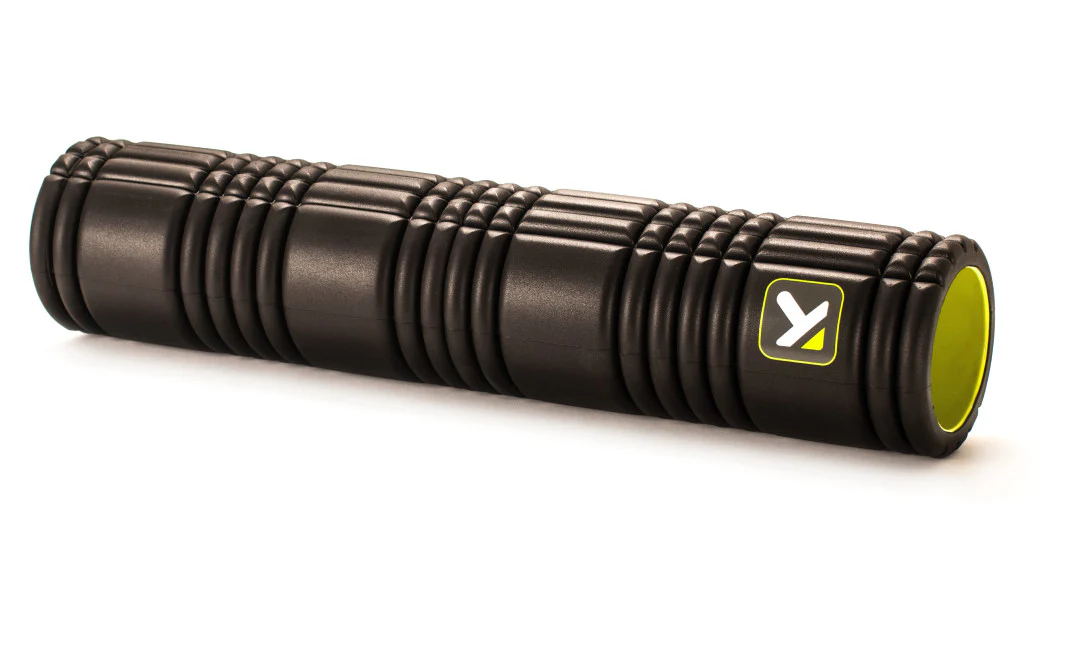
This versatile tool is essential for self-massage and myofascial release. Its unique pattern helps target different tissue depths, making it perfect for gentle self-care and pain management.
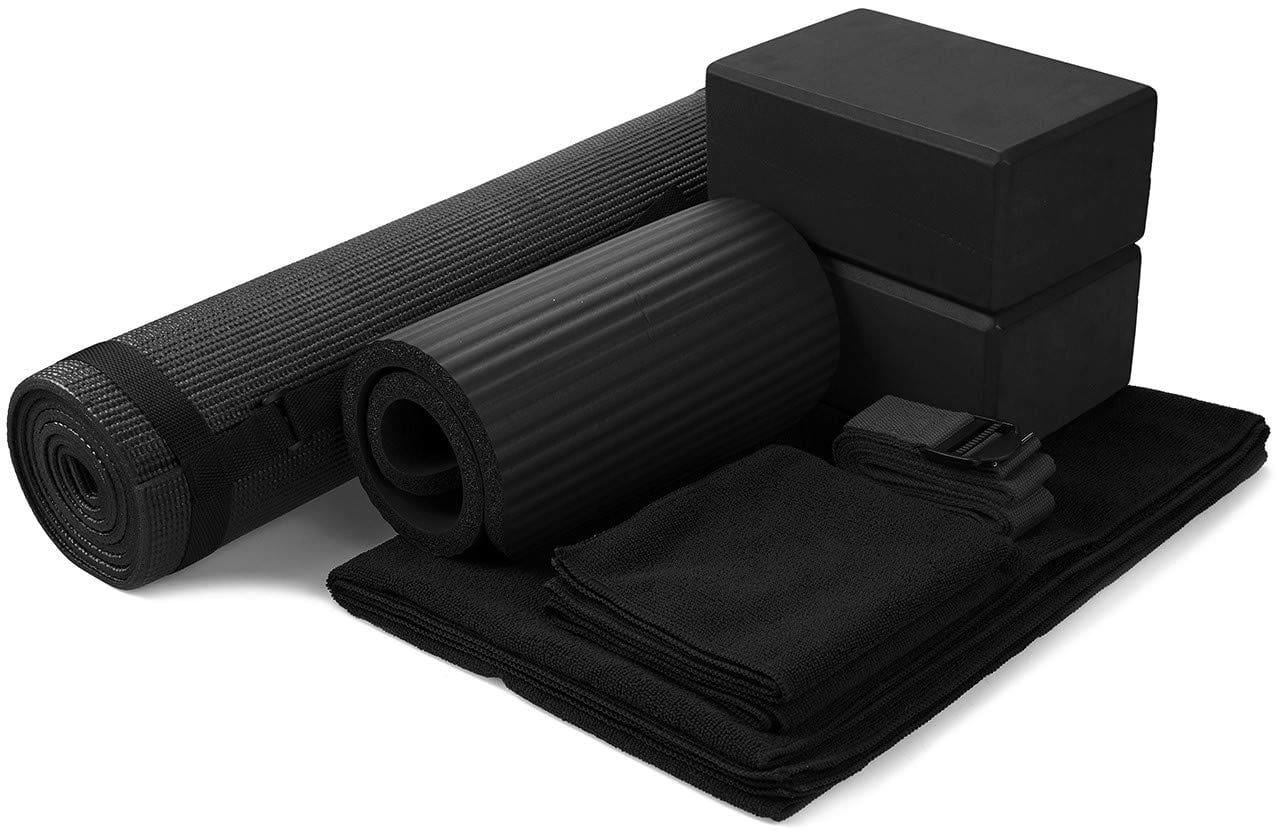
This comprehensive set includes blocks, straps, and bolsters designed specifically for gentle movement and supported poses. Perfect for building confidence in movement patterns.
Recommended Reading
This comprehensive guide combines the latest pain science with practical movement strategies, perfect for understanding the mind-body connection in pain management.
Check price on Amazon
References
- Anderson, J., et al. (2023). Progressive adaptation in senior fitness: A longitudinal study. Journal of Aging and Physical Activity, 31(2), 234-245.
- Martinez, S., & Chen, K. (2023). Environmental factors in chronic pain management. International Journal of Environmental Research and Public Health, 20(4), 1789-1801.
- Thompson, R., et al. (2023). Mind-body connections in pain management for older adults. Journal of Pain Research, 16, 1523-1534.

